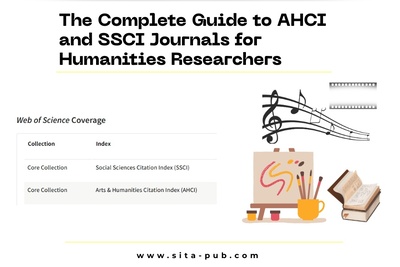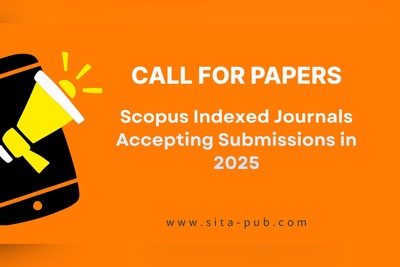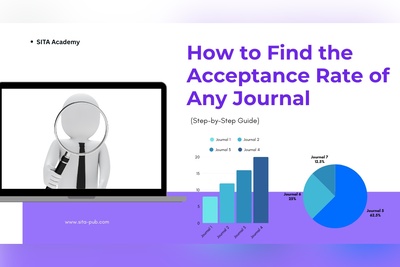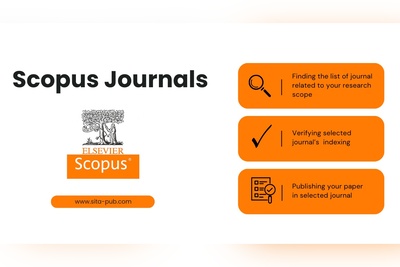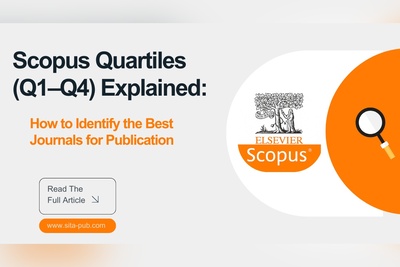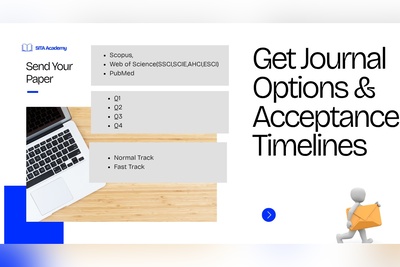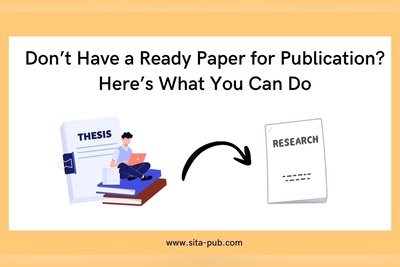Open Access Options in SCI and SCIE Journals + APCs
Discover the different open access options available for SCI and SCIE journals, including Gold, Hybrid, and Green models. Learn about Article Processing Charges (APCs), benefits, costs, and tips for selecting the best publishing route to maximize visibility and meet funding requirements.
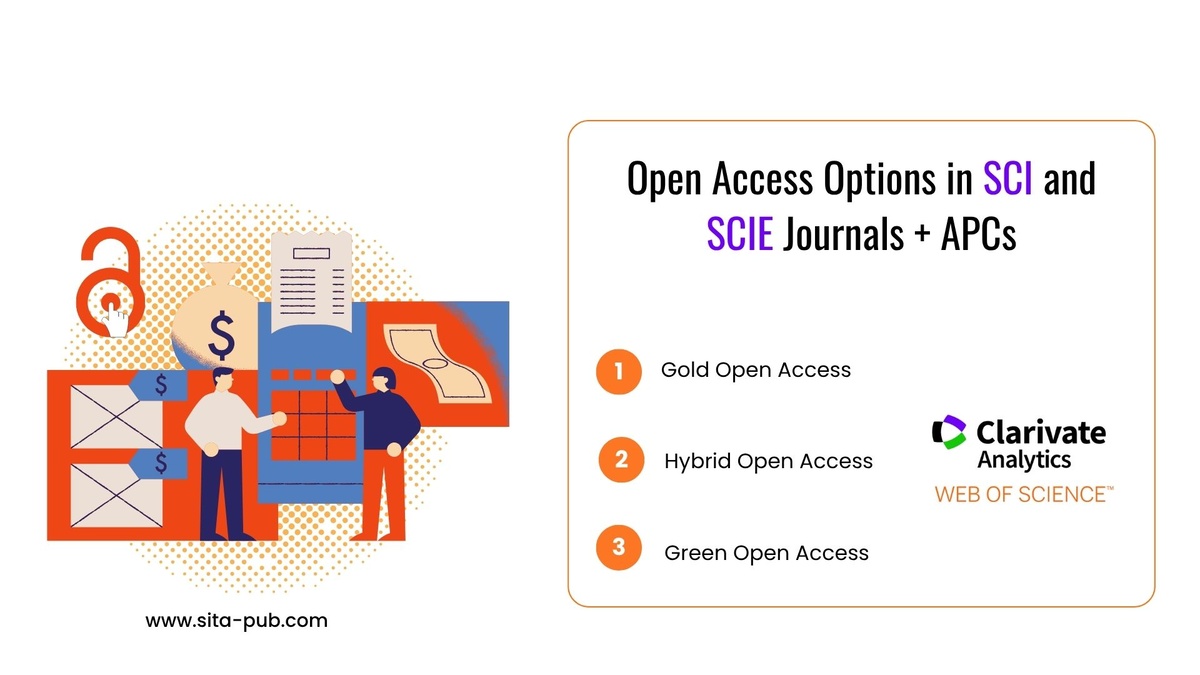
Publishing in SCI (Science Citation Index) and SCIE (Science Citation Index Expanded) journals is highly valued in the academic world. These indexes, managed by Clarivate Analytics, include some of the most respected and influential scientific journals worldwide. Getting published in these journals can significantly boost a researcher’s career, helping with academic promotions, funding, and professional reputation.
In recent years, open access (OA) publishing has become more popular. Open access means that anyone can read the research articles freely online, without needing to pay for a subscription. However, many open access journals charge Article Processing Charges (APCs) to cover publishing costs. Understanding the different open access options in SCI and SCIE journals, along with their fees and benefits, can help researchers choose the best way to publish their work.
This article explains the open access models available for SCI and SCIE journals, their advantages and disadvantages, and an overview of the APCs involved.
Understanding SCI and SCIE Journals
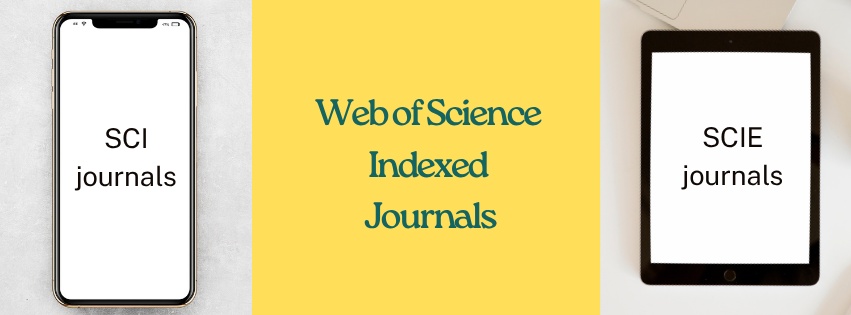
SCI and SCIE are two important journal indexes under the Web of Science platform by Clarivate Analytics.
SCI originally included a select group of high-impact scientific journals, representing the core of the most influential publications.
SCIE expanded this list, including a wider range of journals across many scientific fields, offering broader coverage.
Both SCI and SCIE are considered gold standards for research quality. Publishing in these journals is often required or highly recommended for academic promotions, securing research grants, and gaining international recognition.
What Are the Open Access Publishing Options?
Open access means making a research article freely available online for anyone to read immediately or after a short delay. SCI and SCIE journals offer three main open access options:

1. Gold Open Access
The article is immediately free for anyone to read after publication.
Usually, the author (or their institution/funder) pays an APC to cover publishing costs.
Some journals are fully open access, meaning all articles are free, while others offer only selected open access articles.
2. Hybrid Open Access
Traditional subscription journals let authors pay an APC to make only their article open access.
The journal contains a mix of subscription-only articles and open access articles.
This is common in many SCI and SCIE journals that are not fully open access.
3. Green Open Access
Authors can deposit a version of their manuscript (usually the accepted peer-reviewed version, not the final formatted PDF) into an institutional or subject repository.
There are no APC fees for this option.
Access may be delayed because of embargo periods set by publishers, which can range from 6 months to 2 years.
Pros and Cons of Each Open Access Model
Open Access Model | Pros | Cons |
Gold OA | Immediate worldwide access; potentially higher citations; broad dissemination | Often expensive APCs; funding can be a challenge |
Hybrid OA | Flexibility; authors can publish OA in high-impact subscription journals | High overall costs; concerns about ‘double dipping’ (journals charging both subscriptions and APCs) |
Green OA | No fees; allows open sharing of research | Embargo delays access; only manuscript version shared, not final formatted article |
How Much Do APCs Cost in SCI and SCIE Journals?
APCs in SCI and SCIE journals vary widely depending on the journal’s prestige, publisher, and whether it is fully open access or hybrid. Here’s a general overview:
Gold OA journals indexed in SCI/SCIE typically charge APCs ranging from about $1,000 to $5,000 or even higher for very prestigious journals.
Hybrid OA options within SCI/SCIE journals usually have APCs similar to Gold OA, often between $2,000 and $4,500.
Green OA involves no APC fees, but authors must observe publisher embargo periods before sharing their manuscript openly.
Factors influencing APC amounts include:
Journal Impact Factor: Higher impact journals tend to have higher APCs.
Publisher Policies: Large publishers like Elsevier, Springer Nature, Wiley often charge more.
Whether the journal is fully open access or hybrid.
Availability of waivers or discounts, especially for authors from low-income countries.
How to Verify if a Journal Is SCI or SCIE Indexed?
Before deciding on open access or APC payments, it is important to check if a journal is truly indexed in SCI or SCIE. Researchers should:
Visit the Clarivate Master Journal List online, the official source listing all SCI and SCIE journals.
Avoid journals that falsely claim indexing to mislead authors.
Consult their institution’s library or trusted colleagues if unsure.
Choosing the Right Open Access Model for Your Research
When deciding how to publish, researchers must balance:
Visibility and accessibility of their work.
Costs they or their institution can afford.
Requirements from funders or institutions, many of which now mandate open access.
Gold OA
Best for authors with funding support who want to maximize article reach and citation impact immediately.
Hybrid OA
Useful if publishing in a prestigious subscription journal but also wanting open access for specific papers.
Green OA
Good for authors on a tight budget who can wait out embargo periods and are comfortable sharing accepted manuscripts instead of final PDFs.
Institutional and Funder Open Access Policies
Many universities, government agencies, and research funders now require research outputs to be published open access. These policies influence authors’ choices and often provide funds to cover APCs.
For example, some research grants require immediate open access publication.
Some institutions have agreements with publishers to cover APCs or offer discounts.
Authors should check these policies early to plan their publishing approach.
Waivers and Discounts for APCs
APCs can be a financial burden, especially for researchers from low-income countries or early career researchers. Many journals and publishers offer:
Full or partial APC waivers based on country or economic status.
Discounts or subsidies for researchers without funding.
Authors should always check waiver eligibility during submission.
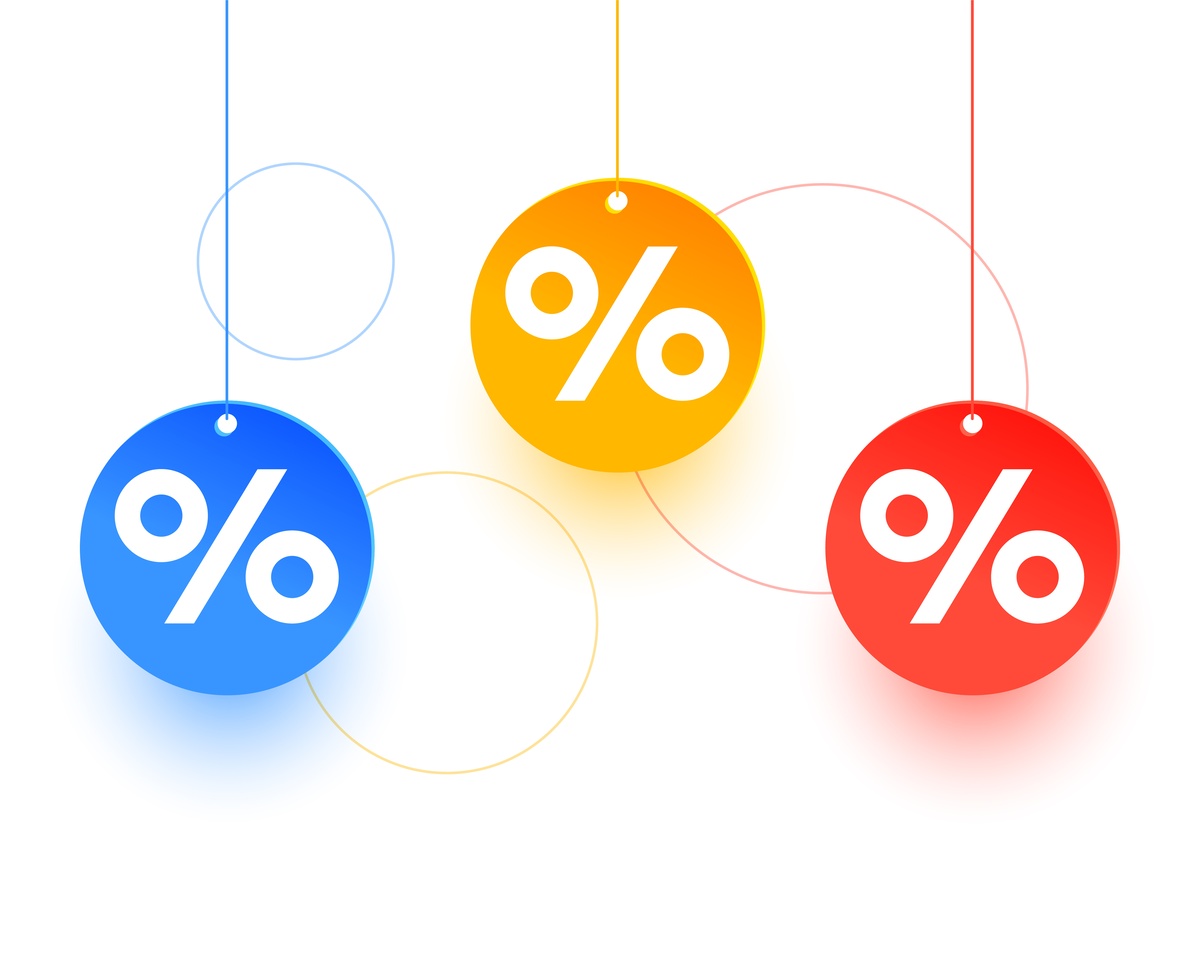
The Impact of Open Access on Citation and Visibility
Studies have shown that open access articles tend to:
Be cited more often.
Reach a broader audience, including researchers in developing countries.
Enhance the author’s academic profile and opportunities for collaboration.
This increased visibility is especially important for early career researchers and those seeking academic promotions.
Conclusion
Publishing in SCI and SCIE journals is a key achievement for researchers worldwide. Understanding the different open access options—Gold, Hybrid, and Green—helps authors make smart decisions balancing costs, visibility, and funder requirements.
While APCs can be high, especially in prestigious journals, many funding options and waivers exist to help. Checking a journal’s indexing status carefully ensures your work appears in reputable venues.
How SITA Academy Supports Your SCI and SCIE Journal Publishing Journey
If you want to publish in SCI or SCIE journals, SITA Academy can assist you—whether you prefer open access or subscription journals. We provide expert guidance to maximize your chances of acceptance and help with journal selection, manuscript improvement, and submission support. Share your research scope with us today.

Verified Contact Channels
If you have any questions, inquiries, or would like to learn more about our services, please don't hesitate to reach out to us. Our dedicated team is ready to assist you.





